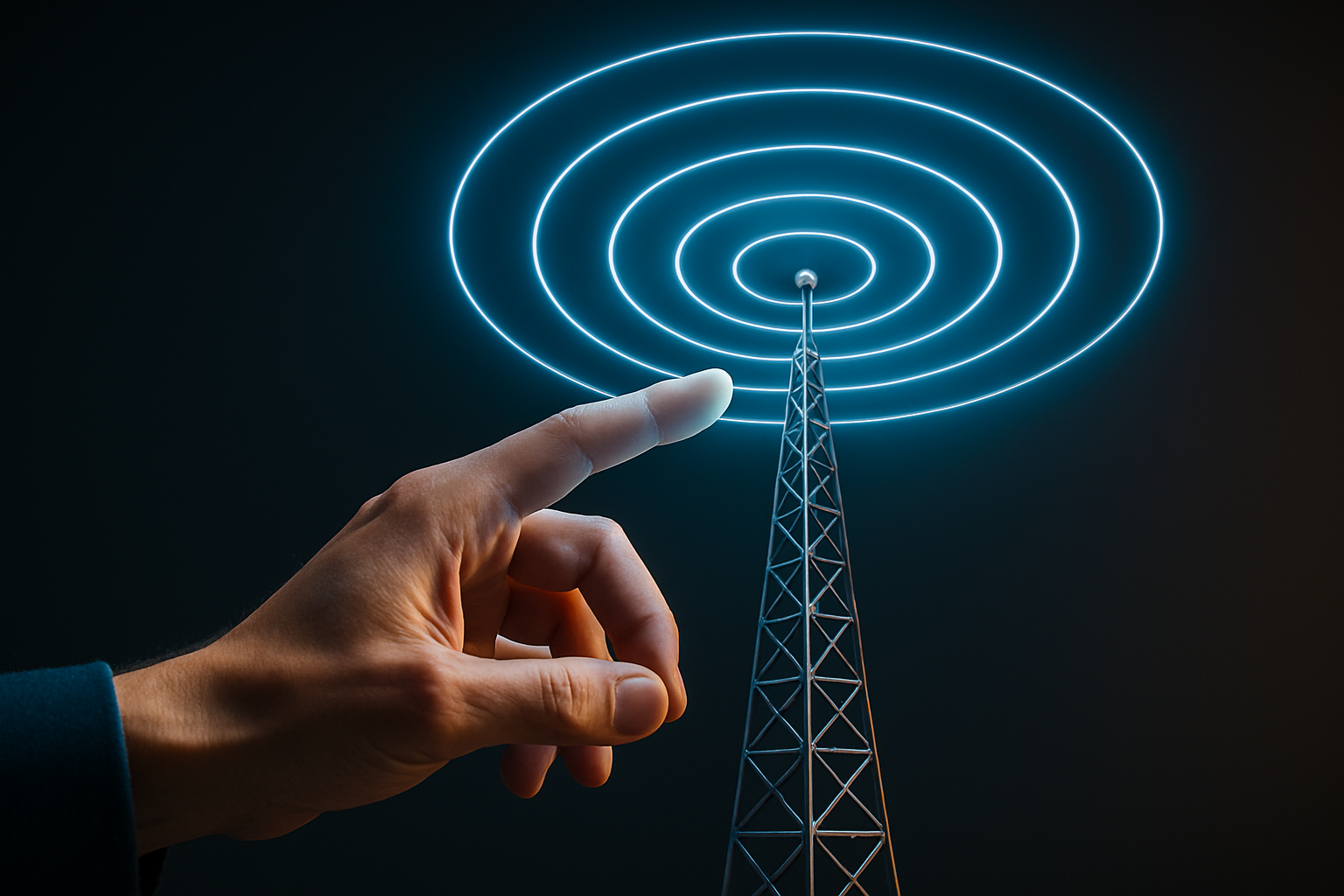The Emergence of Slow Living: A Societal Shift Towards Mindfulness
In our fast-paced world, a new trend is emerging that challenges the status quo: slow living. This movement encourages individuals to step back from the hustle and bustle of modern life and embrace a slower, more mindful approach. Read below to explore the origins, implications, and significance of this cultural shift.

The Origins of Slow Living
The slow living movement has its roots in the Slow Food movement that started in Italy in the 1980s as a reaction against fast food and fast life. The Slow Food movement aimed to preserve traditional and regional cuisine and promote farming of plants, seeds, and livestock characteristic of the local ecosystem. Over time, this philosophy expanded beyond food, giving birth to the broader slow living movement.
The Principles of Slow Living
Slow living is not about doing everything at a snail’s pace; rather, it’s about doing everything at the right speed and savoring the hours and minutes rather than just counting them. It’s about quality over quantity, real over synthetic, and the pleasure of the senses over the fast pace of life. It’s about living mindfully and taking the time to enjoy life’s simple pleasures.
The Societal Impact of Slow Living
The slow living movement is reshaping society in various ways. It’s encouraging people to prioritize their mental health and well-being over productivity and efficiency. It’s promoting sustainable practices and mindful consumption, leading to a decrease in materialism and waste. It’s also fostering a sense of community, as slow living often involves supporting local businesses and engaging in local activities.
The Future of Slow Living
As more people embrace slow living, we can expect to see a shift in societal values and norms. The focus on productivity and efficiency may give way to a focus on well-being and sustainability. This could lead to changes in various sectors, including business, education, and healthcare. While it’s hard to predict exactly what these changes will look like, it’s clear that the slow living movement is here to stay.
Conclusion
The slow living movement is a powerful response to the fast-paced nature of modern life. It’s a reminder that we don’t have to be constantly busy or productive to lead fulfilling lives. By embracing slow living, we can improve our well-being, protect the environment, and build stronger communities. It’s a trend that’s not only shaping our present but also paving the way for a more mindful and sustainable future.





